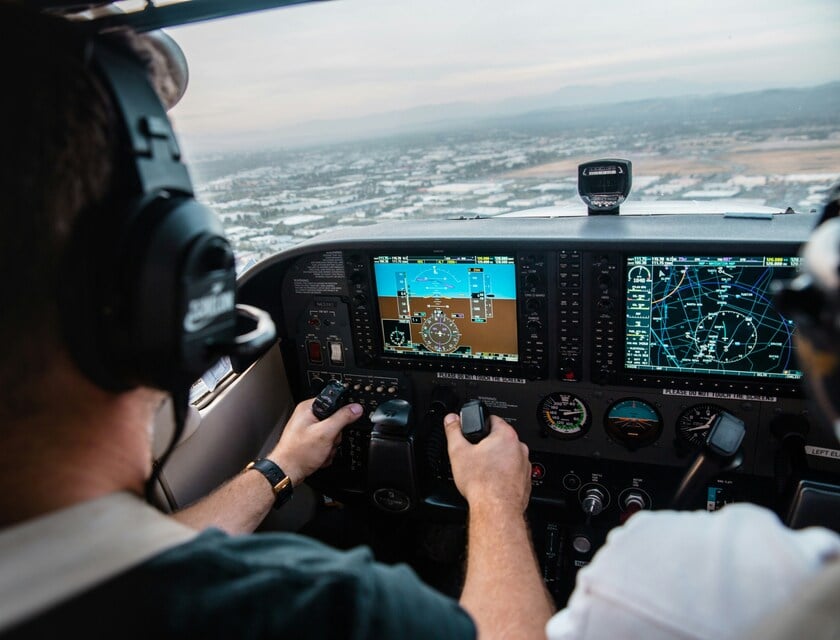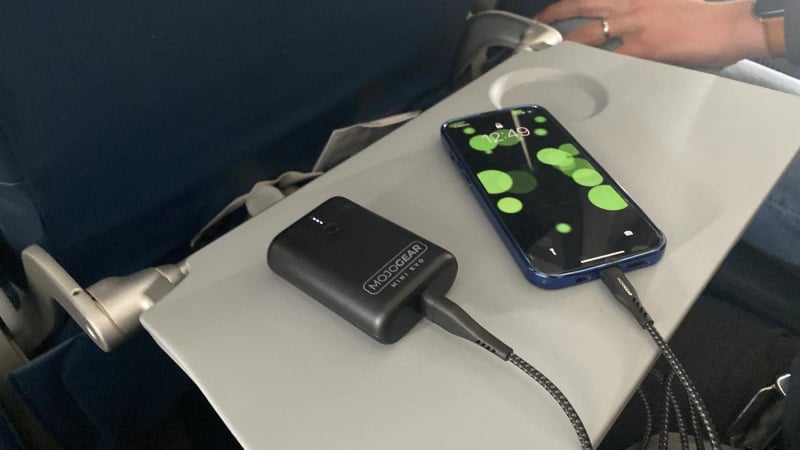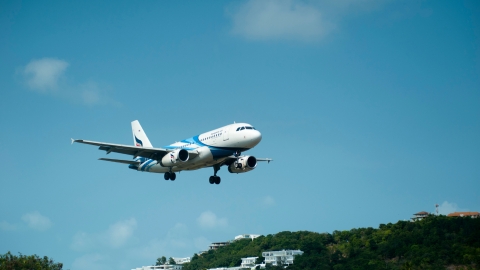Aviation safety has been a hot topic in recent times after a series of serious incidents, from the fire on a Jeju Air plane in South Korea that killed 179 people to the collision between a passenger plane and a military helicopter in the US. Although still considered one of the safest means of transportation, recent plane crashes have shown that there are still many risks.
In the US, a series of aviation accidents in recent months has led to investigations by the US National Transportation Safety Board (NTSB) and the US Federal Aviation Administration (FAA).
On January 29, an American Airlines plane collided with a Black Hawk helicopter as it prepared to land at Ronald Reagan Washington National Airport. Days later, a United Airlines flight from Houston to New York was evacuated due to an engine fire before takeoff. On February 12, a Learjet 35A skidded off the runway while landing and collided with a Gulfstream jet at Scottsdale Airport in Arizona, killing the pilot.
According to aviation experts, the two most dangerous phases of a flight are takeoff and landing. According to statistics from the International Air Transport Association (IATA), of the total 1,468 aviation accidents in 2024, 770 occurred during landing and 124 occurred during takeoff.

According to aviation experts, the two most dangerous stages in a flight are takeoff and landing.
Transportation analyst Mary Schiavo attributes the higher accident rates during these periods to the inherent risks and complexities of taking off and landing at the airport. She also notes that descent and landing are more dangerous than takeoff because there are fewer backup plans. “It’s a really critical time, especially for mid-air incidents and collisions,” she says.
Takeoff and landing are not to be taken lightly. Pilots are constantly trained and coached to handle situations that may arise during these moments. Therefore, to minimize the risks during these two phases, the FAA issued the "sterile cockpit" rule in 1981. Accordingly, pilots are not allowed to talk or perform any unnecessary activities below 10,000 feet, to ensure maximum concentration during takeoff and landing.
Pilots must go through a series of checklists to ensure all systems are working properly. There are also backup systems to alert them if the pilot or air traffic controller makes a mistake.
"The most important thing is that all attention must be on one single task: flying the aircraft from takeoff to landing safely," said Dennis Tajer, a spokesman for the United Pilots Association, which represents American Airlines pilots.

"The most important thing is that all concentration must be on a single task: controlling the aircraft from takeoff until safe landing"
Recent incidents are also an opportunity to continue to find out the issues that need to be improved in the aviation industry to reduce risks and thoroughly enhance safety for human life.
“Safety is a shared responsibility for everyone involved in aviation, from commercial airlines to private pilots,” said Jason Ambrosi, president of the Air Line Pilots Association. “Times like this underscore why pilots must continually train, maintain the highest standards, and work every day to ensure that aviation remains the safest form of travel.”
The NTSB’s investigations into recent incidents could take more than a year before reaching a final conclusion, but improvements will be implemented immediately to reduce risks. Experts say aviation safety is still improving, and the industry will continue to learn from incidents to improve the system.




































